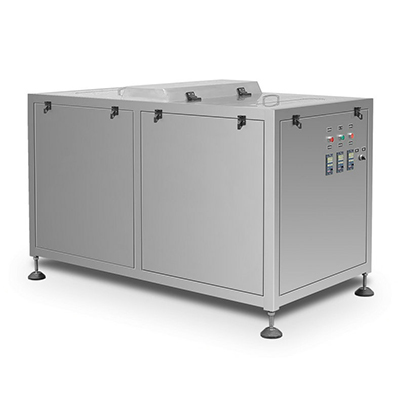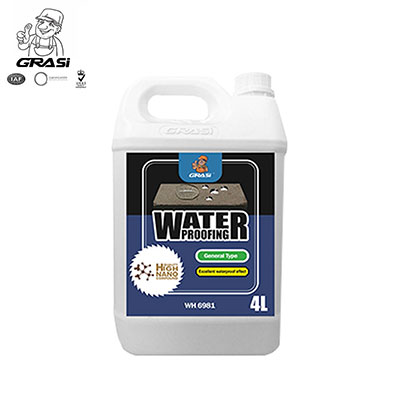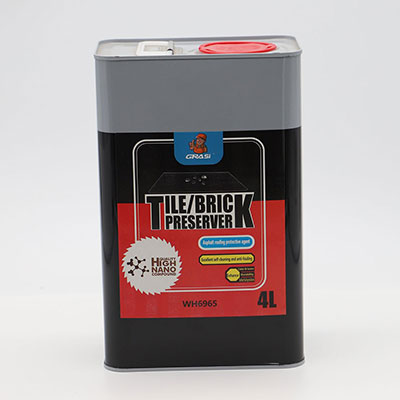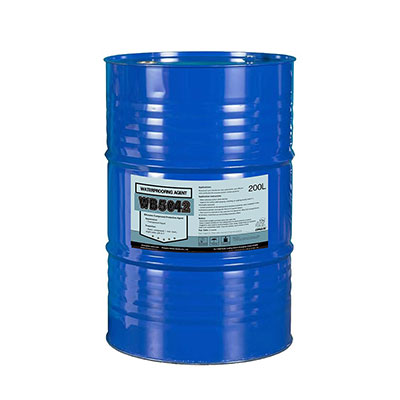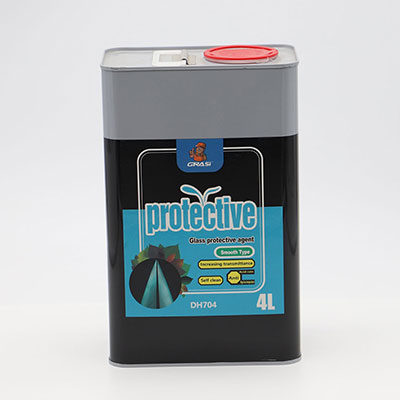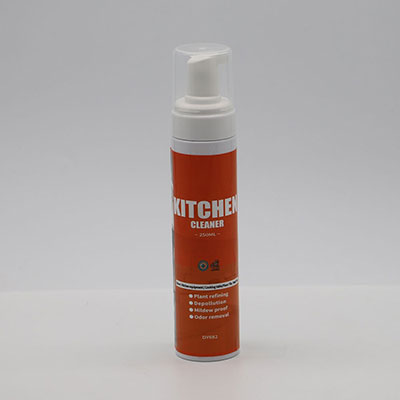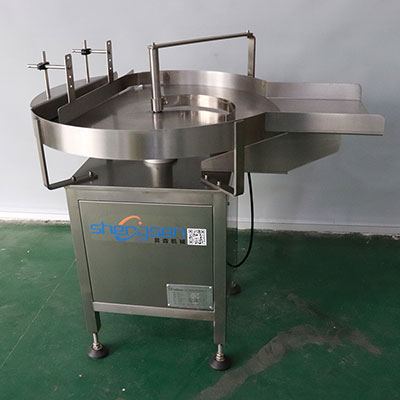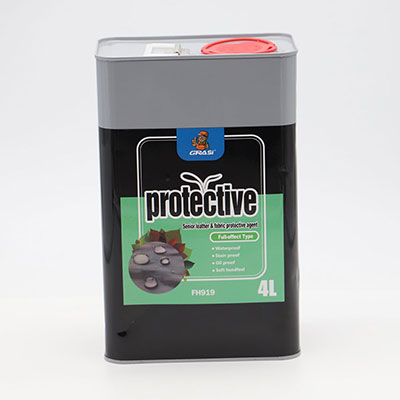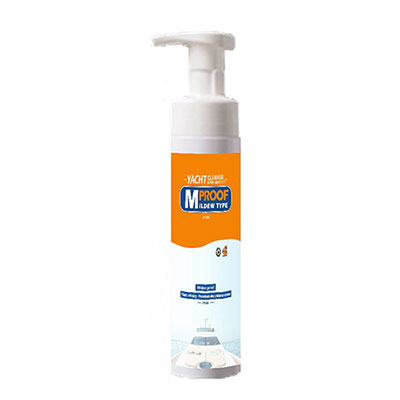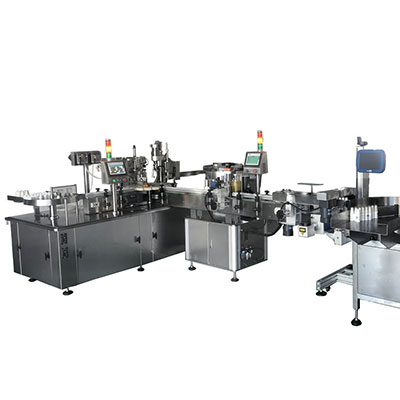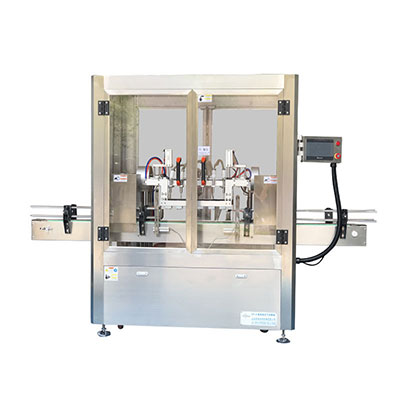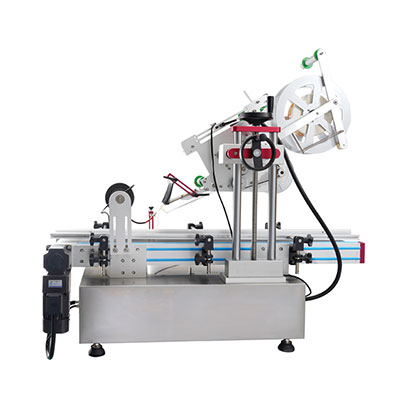P Series Pigment Paste for Emulsion Tinting
Liquid latex is an emulsion of fine rubber particles in water. It is naturally clear and can be made into various products, such as latex gloves, latex balloon and more.
In order for the clear liquid latex to have various colors, one should choose the right coloring material. Our P series pigment paste is designed specially for coloring liquid latex. It is made of finely-ground organic pigments, giving stable coloring performance.
Simply buy one jar of our pigment paste and mix it directly with your natural or synthetic liquid latex without the need for further grinding the pigment particles.
Color Swatch Card for P Series
Good to Know
1. Staying competitive over the past decade, our P series pre-dispersed liquid-latex pigment has gained wide acceptance from customers who look for dyeing stability.
2. Available in a total of 12 colors, our pigment paste can meet your common coloring needs, such as red, yellow, orange, blue, green, purple, brown, and black. For detailed color information, please refer to our color swatch book. Of course, we can create new colors upon your request.
3. This series of paste contains high content of pigment and exhibits outstanding tinting strength. Customers who are looking for vibrant colors for their liquid latex should never miss this out.
4. Its resin-free quality gives the paste a high affinity for natural or synthetic liquid latex.
5. Small-diameter pigment particles are evenly dispersed in water, allowing for a uniform and firm dye uptake by the products being dyed.
6. Stable viscosity and good flowability make the pigment paste easily disperse in the emulsion system.
7. This dyeing material is easy store in jars without having the pigment particles settled out.
8. Dustless and odorless, our P series paste shows a good receptivity to water. Therefore, it can be thinned freely by water.
9. The product passed the GB/T 3922-1995 test. It is resistant to acid and alkali.

Important
1. Make sure the paste is evenly mixed before use. There might be particles precipitating from the paste after it has long been unused. Such is not a big issue as long as you can mix paste thoroughly and filter out the sediments.
2. Be sure to test the sample mixtures before you can use them for batch production. This is to ensure the final print quality.
3. For more safety issues, please refer to the MSDS.
Links:https://globefindpro.com/products/77702.html
-
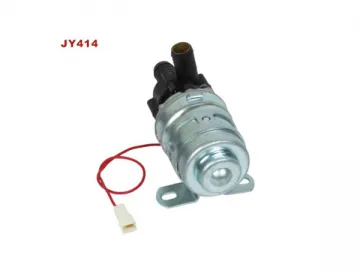 Heater Blower Motor
Heater Blower Motor
-
 CD Series Eco-Friendly Pigment Paste for Textile One-Bath Dyeing
CD Series Eco-Friendly Pigment Paste for Textile One-Bath Dyeing
-
 Digital Keypad (for Inverter Operation)
Digital Keypad (for Inverter Operation)
-
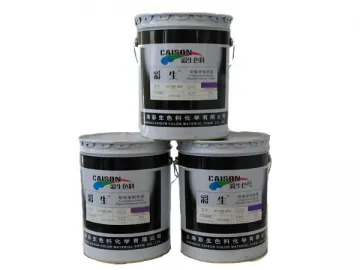 D Series Eco-Friendly Pigment Paste for Textile Dyeing
D Series Eco-Friendly Pigment Paste for Textile Dyeing
-
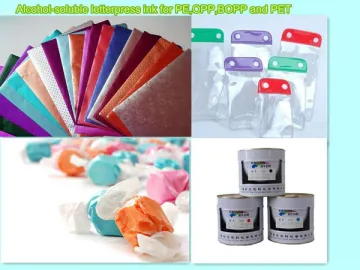 76 Series Alcohol-Soluble Letterpress Printing Ink for Plastic Film
76 Series Alcohol-Soluble Letterpress Printing Ink for Plastic Film
-
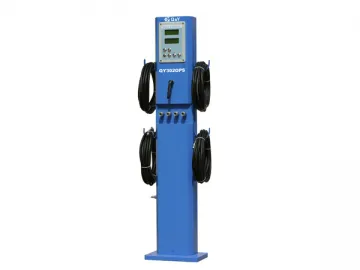 QY301OPS,QY302OPS Air Tire Inflator
QY301OPS,QY302OPS Air Tire Inflator
-
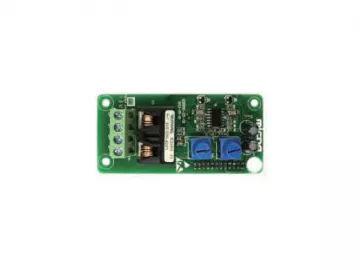 I/O Expansion Card (for Inverter Drive)
I/O Expansion Card (for Inverter Drive)
-
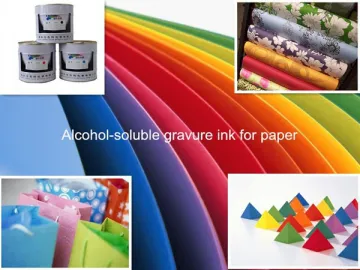 54 Series Alcohol-soluble Gravure Printing Ink for Paper
54 Series Alcohol-soluble Gravure Printing Ink for Paper
-
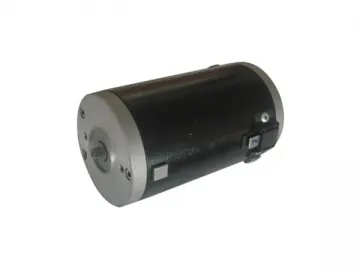 90mm Brushed Motor
90mm Brushed Motor
-
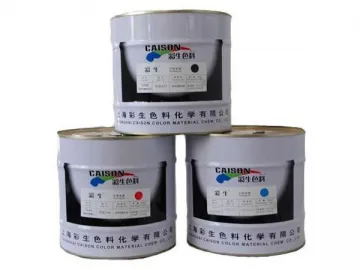 57 Series Gold and Silver Printing Ink (Gold Varnish & Solvent-based Pigment Paste)
57 Series Gold and Silver Printing Ink (Gold Varnish & Solvent-based Pigment Paste)
-
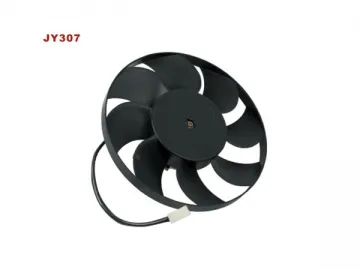 Cooling Fan Motor
Cooling Fan Motor
-
 01343 Micro Brushed Motor
01343 Micro Brushed Motor
